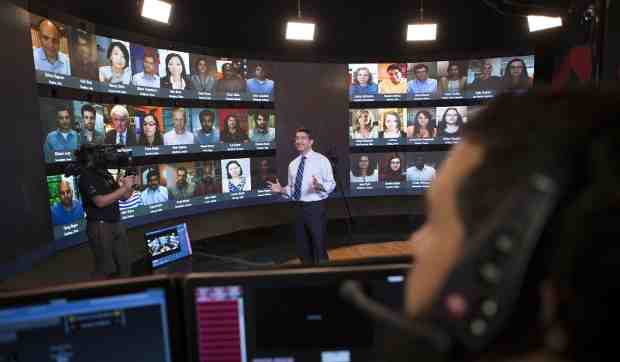HBX Live – Harvard Business School’s Virtual Classroom
HBX, Harvard Business School’s digital learning initiative, announced Tuesday the launch of HBX Live—a virtual classroom.
It is designed to reproduce the synchronous interaction of HBS’s case method in a digital environment. It enables participants from around the world to engage in a dynamic and interactive discussion under the direction of a Harvard Business School (HBS) professor.
According to HBS Dean Nitin Nohria, “HBX Live will help us deliver on our promise of lifelong learning by giving us a new way to engage students and alumni—not just here in Boston, but around the globe—as their professional and educational needs evolve over the course of their careers.”
[ How to Learn the English Language – Six Steps ]
HBX entered the digital learning platform market just over a year ago with the introduction of HBX CORe, an online program that teaches the fundamentals of business (Business Analytics, Economics for Managers, and Financial Accounting) to college students and recent workforce hires.
More recently, HBX announced the launch of Courses, a portfolio of online learning programs targeted at more senior managers.
The first offering in that series is “Disruptive Strategy” with Professor Clayton Christensen, renowned as one of the world’s top experts on innovation and growth. Both CORe and Courses are delivered through HBX’s online platform, which was designed to create an interactive learning experience for online participants.
With HBX Live, no matter where participants are located, they can log in concurrently and join real-time, case-based sessions with Harvard Business School faculty who teach from the HBX Live Studio, located in the Boston-based facility of public broadcaster WGBH.
In the custom-designed studio, a high-resolution video wall mimics the amphitheater-style seating of an HBS classroom, with up to 60 participants displayed on individual screens simultaneously.
In addition, others can audit sessions via an observer model. Sessions are produced using still and roaming cameras, thus creating the look and feel for participants of being in a real classroom, where they can see both the professor and fellow students.














